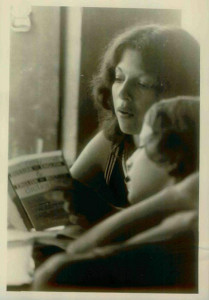
Freedom of Information Act
Every year, hundreds of thousands of students – whether they are in high school or college – will come into contact with the story of Peoples Temple and Jonestown in an academic setting for the first time in their lives. They may have heard about the 1000 Americans off in Guyana (or Ghana or Guinea) somewhere in South America (or was it Africa) who were in some cult – and they certainly are familiar with the expression, “drinking the Kool-Aid” – but for teachers in history, sociology, psychology and religious studies who incorporate the subject into their curricula, the effort to make meaning out of a tragedy that doesn’t seem to have anything to do with 21st-century American society, is a challenge.
Earlier this year, we asked a number of teachers to write about their various experiences in talking to their students about Jonestown, more than 30 years after the events of November 18, 1978. Their articles appear below.
1. History Comes Alive: Jonestown in the Classroom, by Rebecca Moore
2. Dip your toe in the water of Jonestown, by Kimberly A. Adkins
3. Jonestown and Education, by Craig Foreman
4. Teaching “Jonestown”, by Eugene V. Gallagher
5. “Comforting the Afflicted and Afflicting the Comfortable,” by Ted Henken
6. Teaching about Jonestown and Peoples Temple, by Katherine Hill
7. Why Peoples Temple and Jim Jones? by Professor G. Maynard
8. Understanding Undue Influence, by Patrick O’Reilly, Ph.D.
9. Reflections on Teaching about Jonestown, by John R. Hall
Additional articles in later years include:
10. Thinking Critically about Jonestown, by Kamilah Cummings (2014)
11. Articles by David Mihalyfy
12. A Reckoning: Five Examinations of Tim Carter’s Essay, by Taylor Black (2017)
13. Articles by Brad Crowell